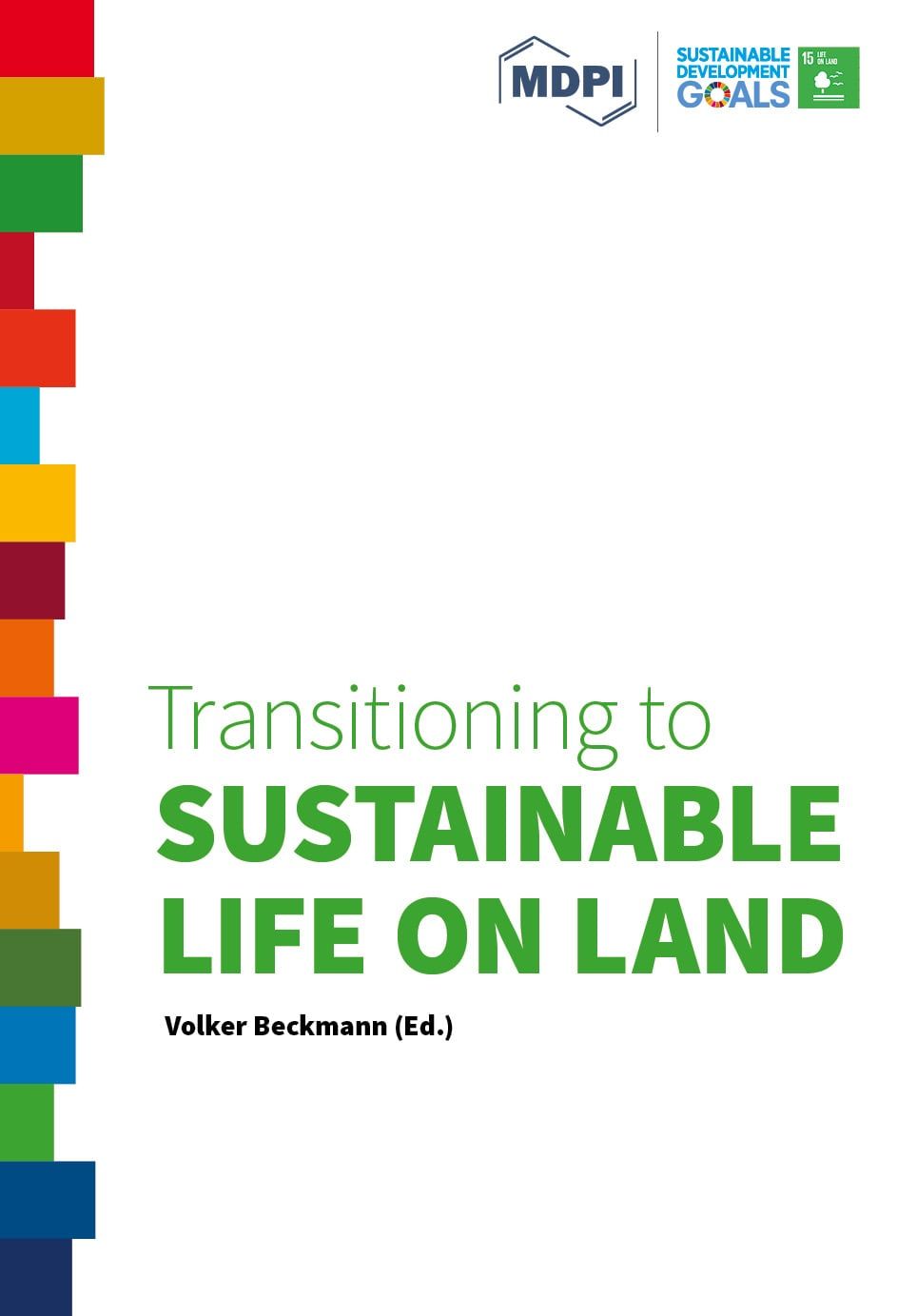Germany’s Agriculture and UN’s Sustainable Development Goal 15
For 8000 years, until around 1950, agriculture in Central Europe respected and even enhanced biodiversity, although sometimes at the expense of soil fertility. During the last 50 to 60 years, the trend veered dramatically due to advancements in technology. Studies show that hundreds of common plant species, flourishing in the countryside for millennia, are now reduced to little more than five percent of their former population size. The situation is similar with birds, insects and other animals. Agriculture is directly or indirectly responsible for two thirds of the plants included in “Red Data Books” of endangered species. In addition, harm is done to groundwater due to nitrate leakage in regions with excessive livestock rearing. Even appreciating the contribution of modern agriculture to food security, the overall situation is incompatible with the UN’s Sustainable Development Goal 15. Eighteen percent of Germany’s agricultural area is devoted to crops used to produce electric power or fuel for motor vehicles, or which are exported in excess of agricultural imports. Energy crops perform poorly in the face of the large area required. Exports neither ensure food security in poor countries nor are necessary for Germany’s balance of trade. The nation could do well without both types of products and thereby gain three million hectares available for low-input and species-rich agriculture and livestock rearing. With efficient spatial planning, the costs of such reorientation would amount to less than one per mil of Germany’s gross national product and could easily be afforded by reorienting funds already existing but used inefficiently. From an economic point of view, the situation is a clear example of the poor capacity of modern societies to care for public goods.
